Defects Of Vision And Their Correction
Key Notes:
Vision and the Eye:
- Vision is the ability to see and interpret the surrounding world, and it relies on the proper functioning of the eye.
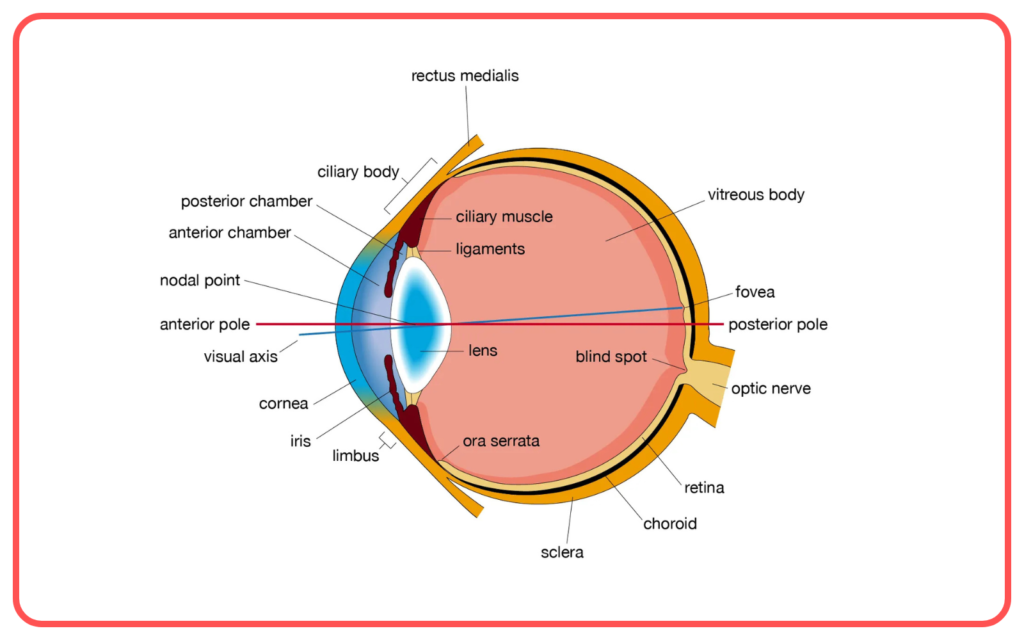
- The human eye is a complex organ that plays a crucial role in the process of vision.
Common Vision Defects:
- There are three common vision defects: myopia (nearsightedness), hyperopia (farsightedness), and astigmatism.
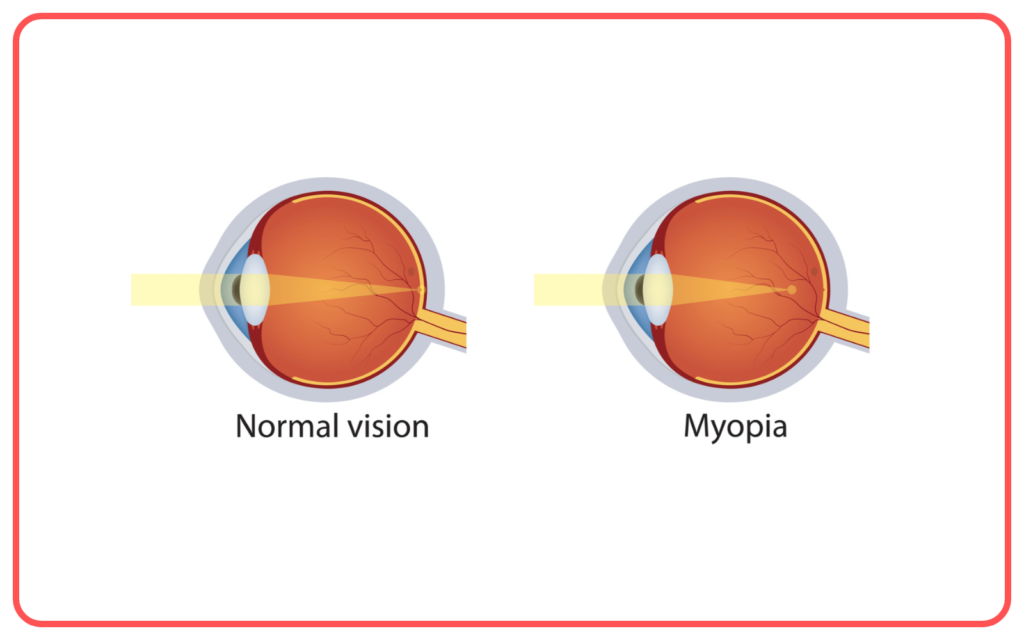
- Myopia: In myopia, distant objects appear blurry while close objects are clear. It’s caused by the elongation of the eyeball.
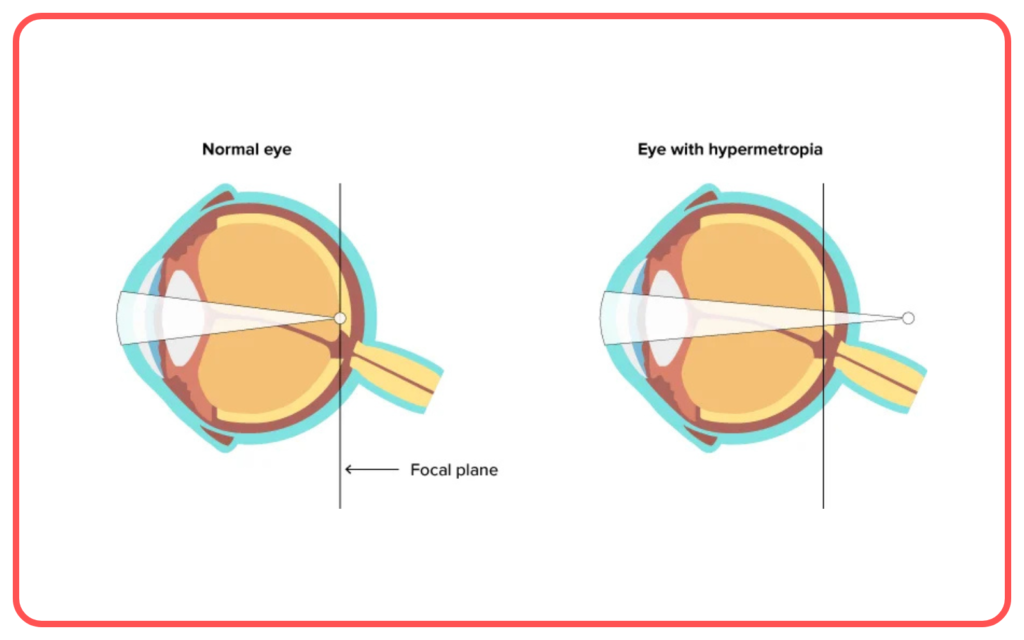
- Hyperopia: Hyperopia causes close objects to appear blurry, while distant objects are clearer. It’s due to a shorter eyeball or flatter cornea.
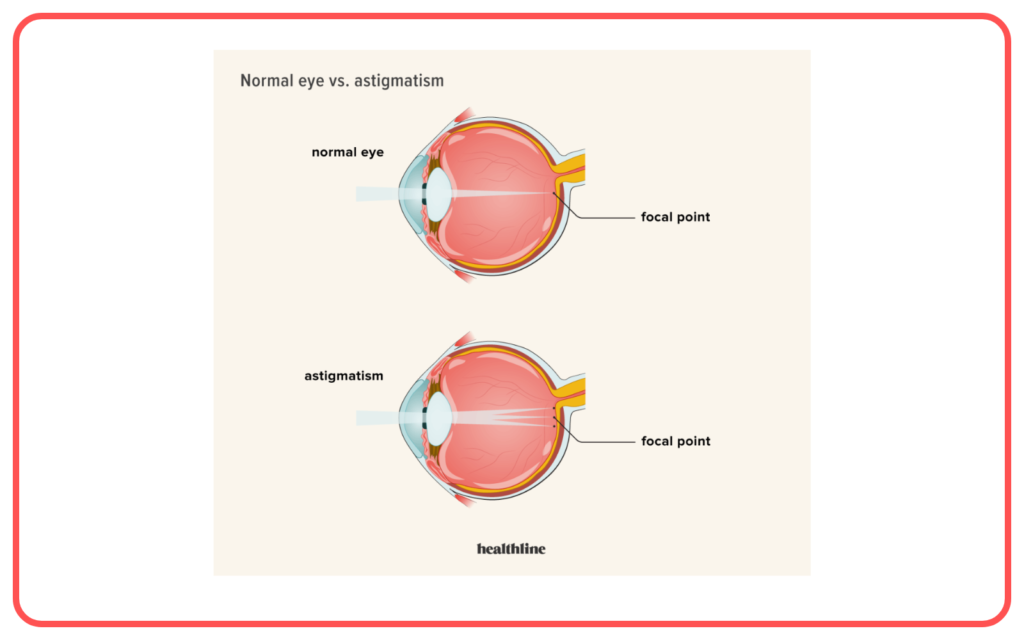
- Astigmatism: Astigmatism results from an irregularly shaped cornea or lens, causing distorted and blurry vision.
Corrective Lenses:
- Eyeglasses and contact lenses are common methods to correct vision defects.
- Convex lenses are used to correct hyperopia (farsightedness).
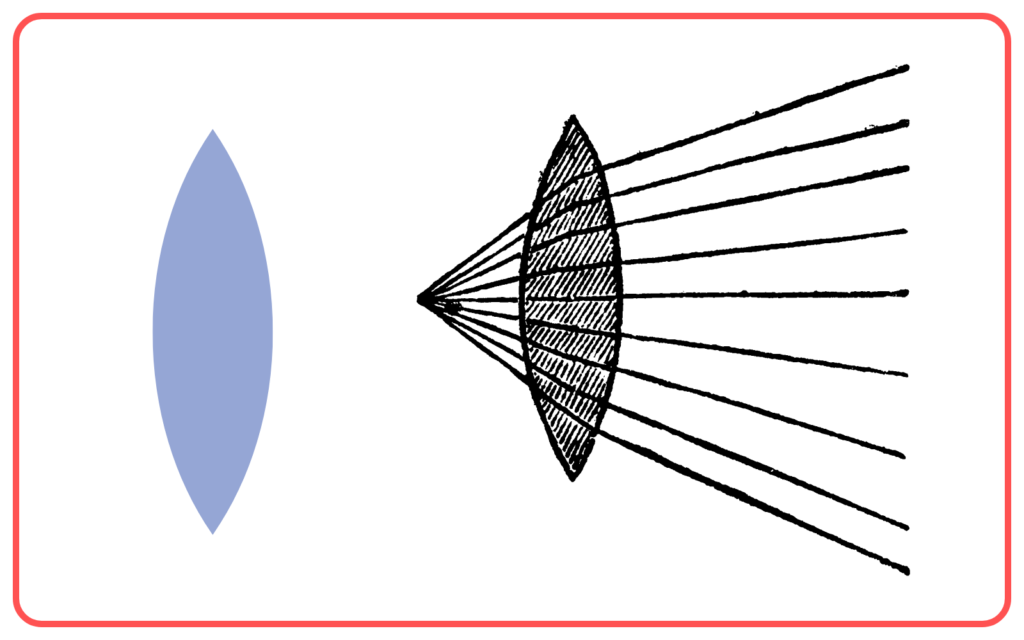
- Concave lenses are used to correct myopia (nearsightedness).
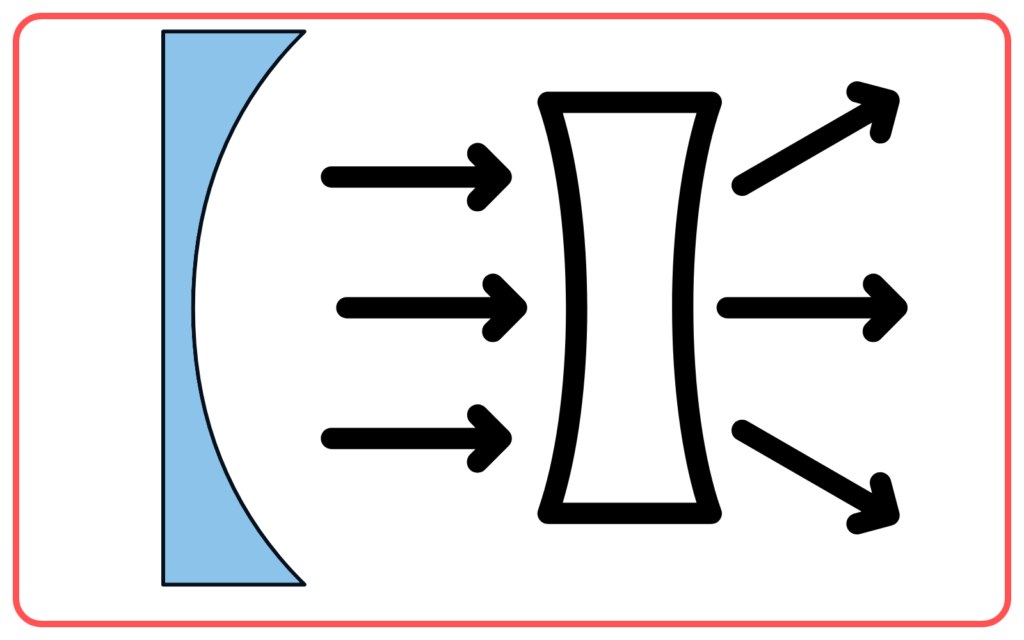
Refraction of Light:
- Refraction is the bending of light as it passes through different mediums. The cornea and lens in the eye refract light to focus it on the retina.
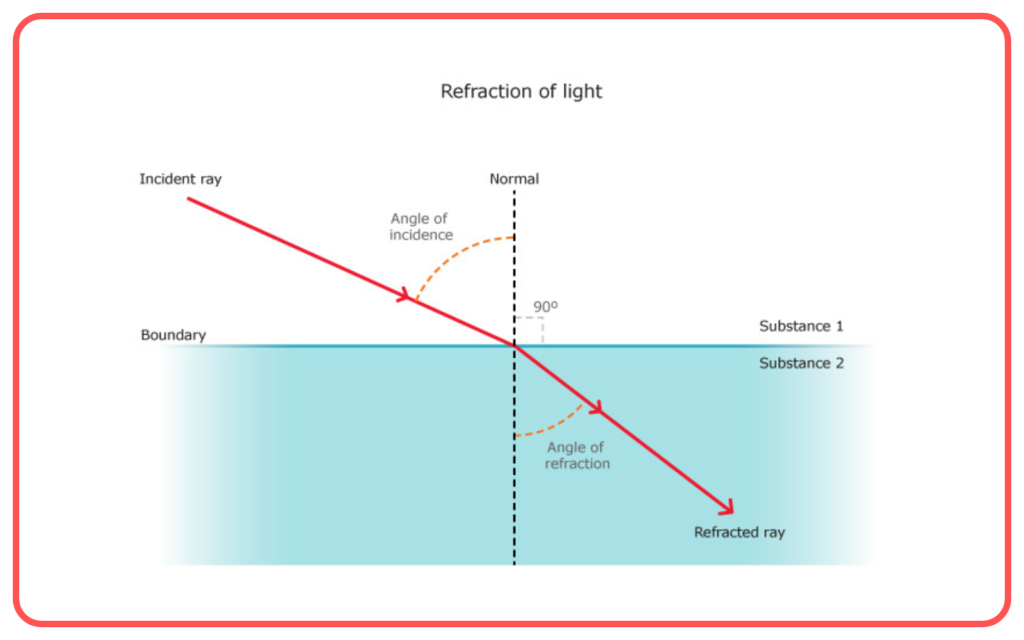
Role of Retina and Optic Nerve:
- The retina is the innermost layer of the eye containing light-sensitive cells (rods and cones).
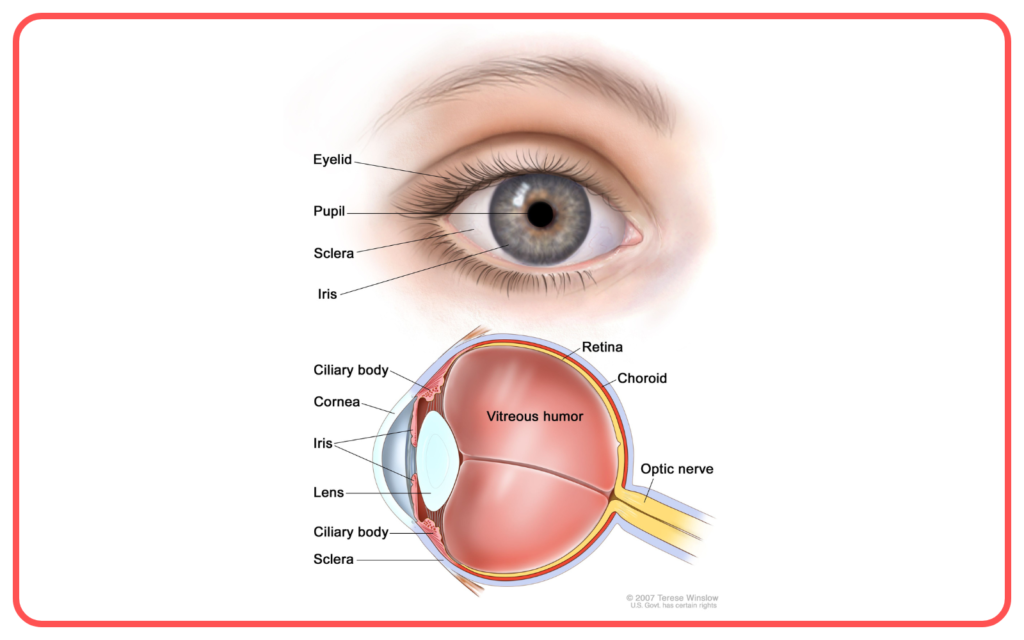
- The optic nerve carries visual signals from the retina to the brain for processing.
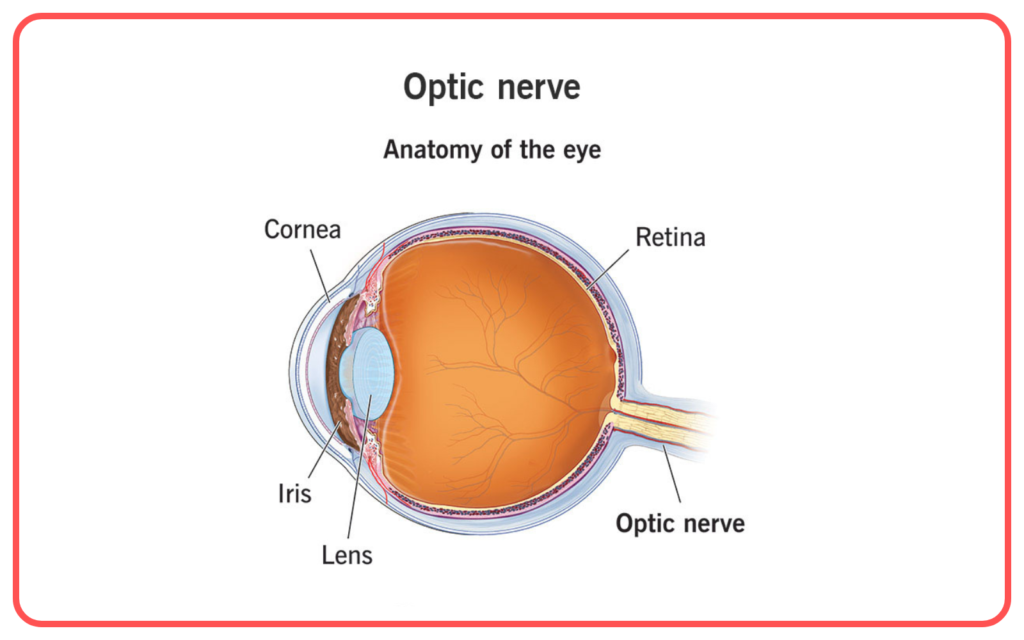
LASIK Surgery:
- LASIK (Laser-Assisted In Situ Keratomileusis) is a surgical procedure to reshape the cornea and correct vision defects.
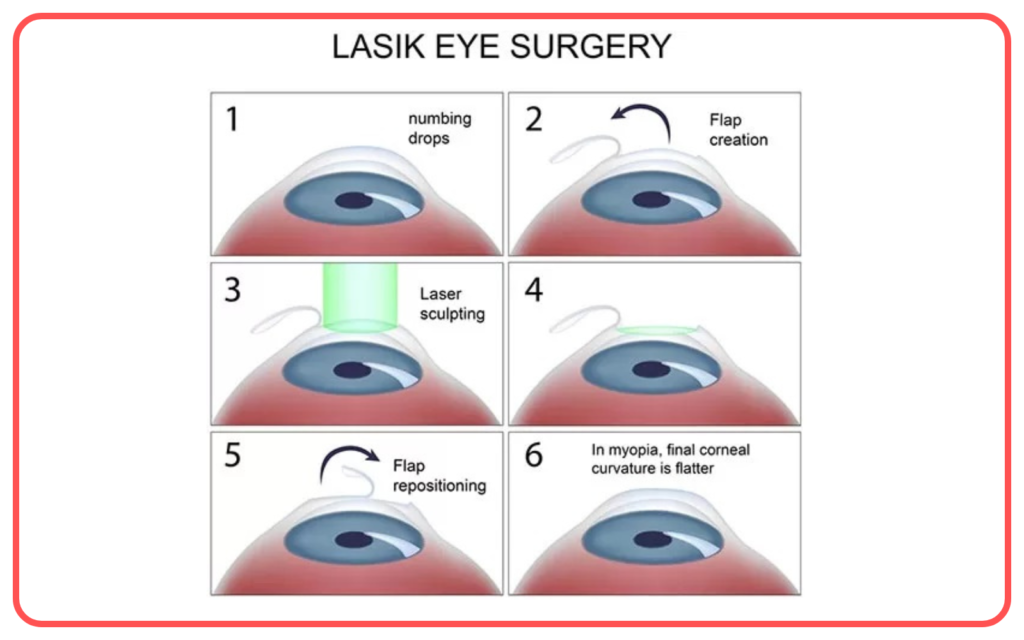
- It’s often used to treat myopia, hyperopia, and astigmatism.
Cataracts and Their Correction:
- Cataracts are clouding of the eye’s natural lens, leading to blurry vision.
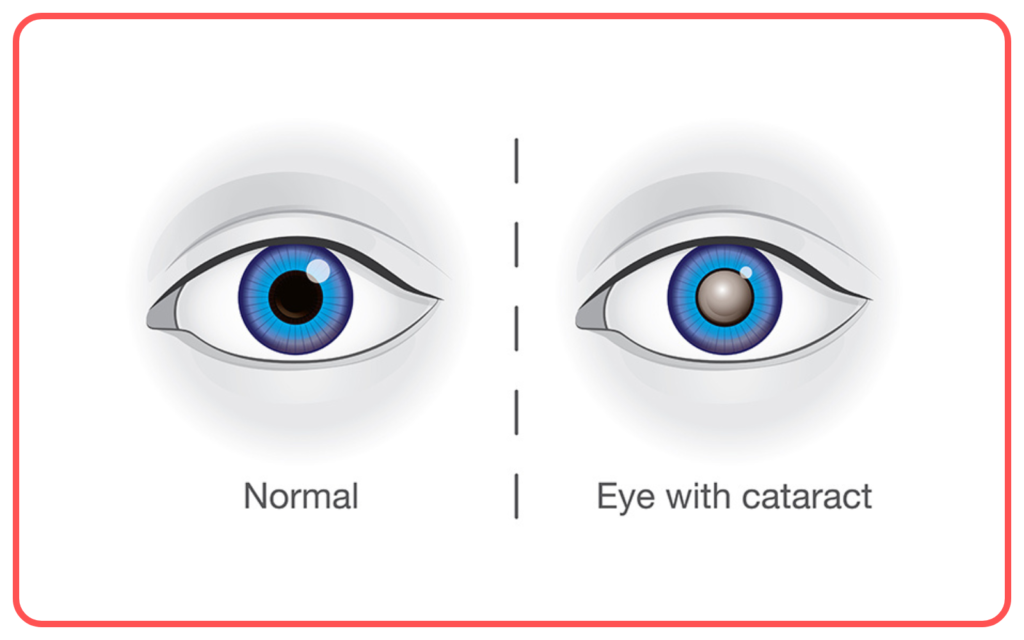
- Cataract surgery involves removing the cloudy lens and replacing it with an artificial lens.
Importance of Eye Care:
- Regular eye check-ups are crucial for detecting and addressing vision problems early.
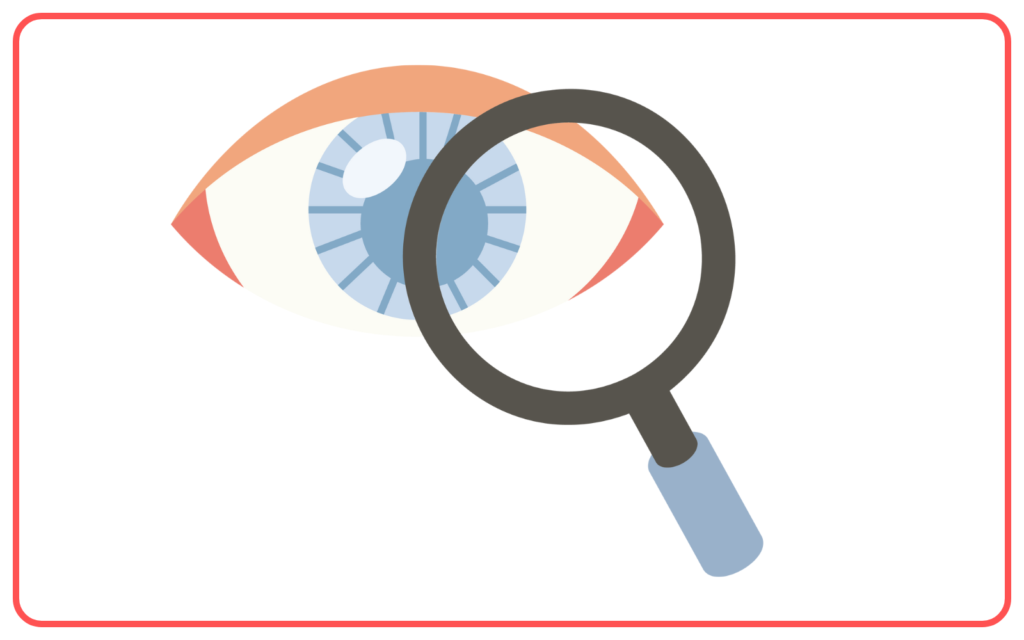
- Protecting the eyes from excessive UV exposure and maintaining a healthy lifestyle can prevent some vision issues.
Vision Health and Screen Time:
- Prolonged screen time on electronic devices can strain the eyes, leading to conditions like computer vision syndrome.
- Taking regular breaks and following the 20-20-20 rule (looking at something 20 feet away for 20 seconds every 20 minutes) can help reduce eye strain.
Conclusion:
- Vision is a vital sense, and defects can impact the quality of life.
- Understanding common vision defects and their correction methods is important for maintaining good eye health..
Let’s practice!

